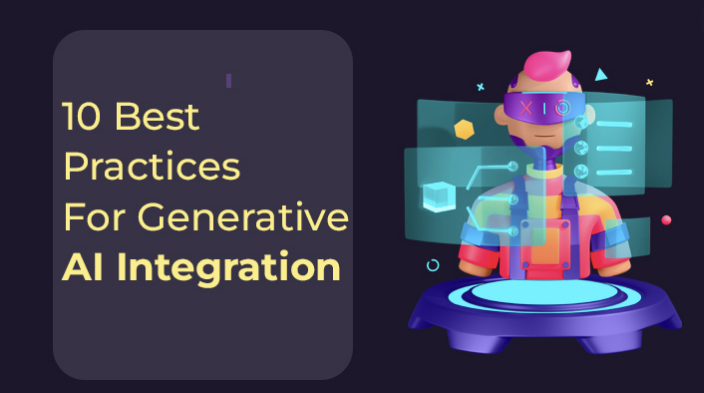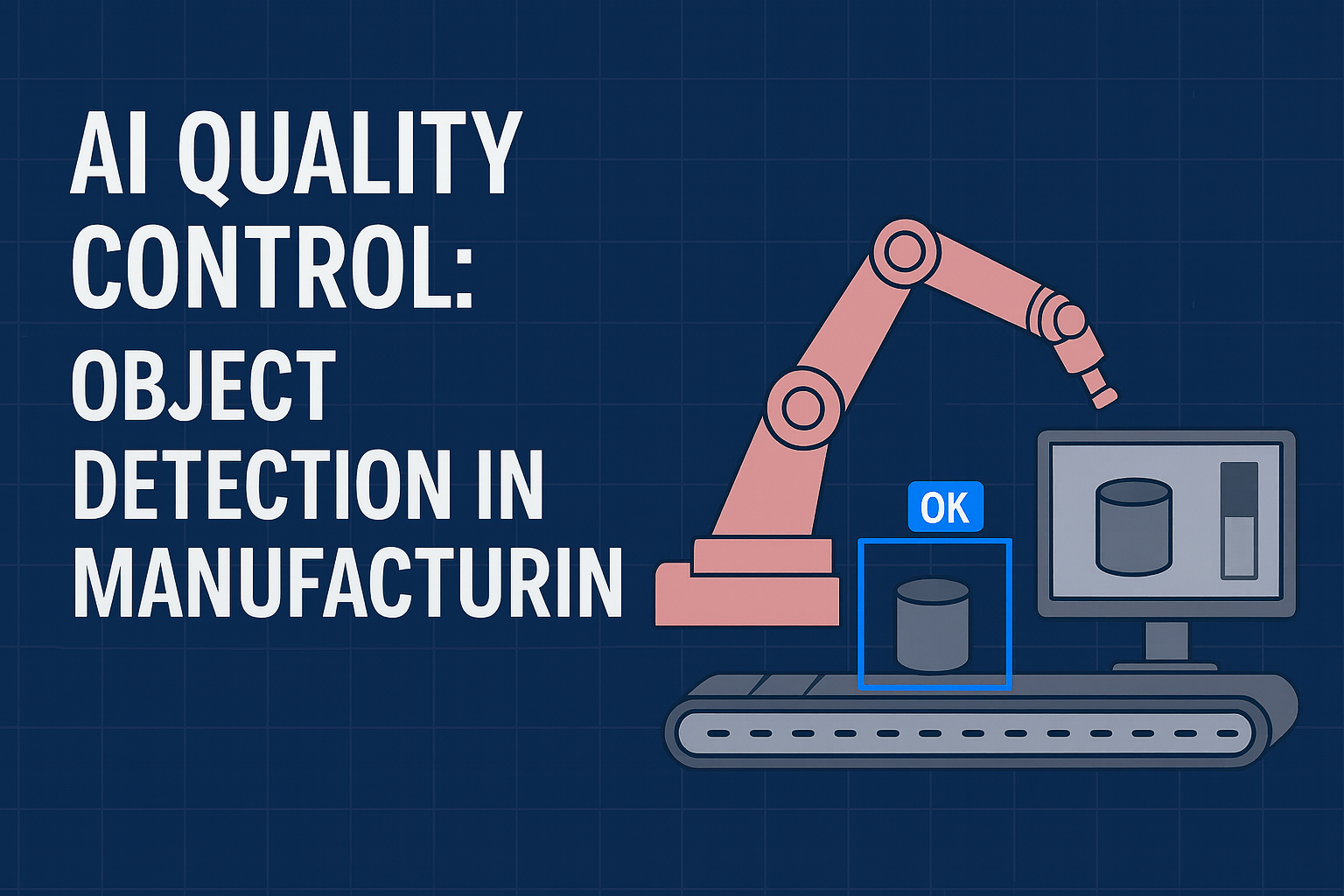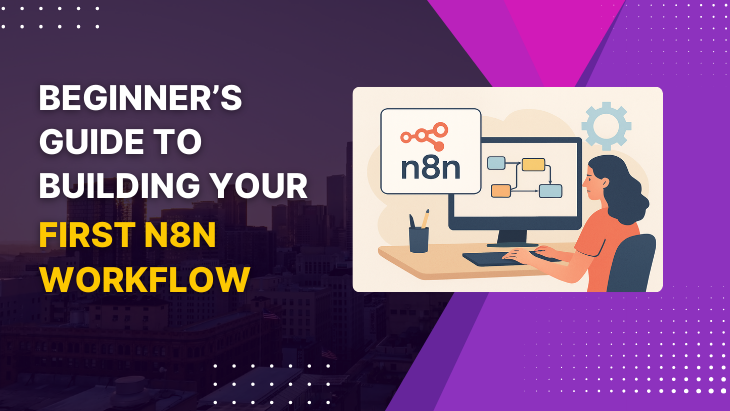In the domain of artificial intelligence (AI), the progression of generative models has ignited an upsurge of ingenuity and inventiveness. This transformation spans from redefining text generation to completely overhauling content conception, signifying the unstoppable ascent of generative artificial intelligence (generative AI).
Generative AI has reconfigured how machines interpret and produce content akin to human creation. In contrast to conventional AI algorithms that hinge on predefined rules and established templates, generative AI models possess the exceptional capacity to birth innovative and imaginative outcomes by assimilating extensive troves of training data.
A spectrum of generative AI models exists, encompassing the likes of generative adversarial networks (GANs) and expansive language models (ELMs). These models harness intricate algorithms and neural networks to delve into the intricacies of patterns, structures, and interconnections intrinsic to the training data. Following meticulous training, these models unveil their prowess by birthing novel content imbued with the very essence and style encapsulated within their training dataset.
Integrating generative AI into various applications requires careful consideration and adherence to certain best practices to ensure successful outcomes. Here are 10 best practices for generative AI integration:
1. Define Clear Objectives: Clearly define the goals and objectives of integrating generative AI into your application. Identify the specific tasks or problems you want the AI to help with, whether it's content generation, image synthesis, style transfer, or any other creative task.
2. Quality Data Collection and Preprocessing: Generative AI models often require a substantial amount of high-quality training data. Collect and preprocess your data to ensure it's representative of the desired output. Clean, diverse, and well-labeled data will lead to better results.
3. Choose the Right Model: Depending on your objectives, choose the appropriate generative AI model. There are various architectures available, such as GANs (Generative Adversarial Networks), VAEs (Variational Autoencoders), and transformers. Select a model that aligns with your project's requirements and resource constraints.
4. Fine-tuning and Training: Pretrained models can be fine-tuned on your specific dataset to adapt them to your application's context. Training generative models can be resource-intensive, so ensure you have access to the necessary computational resources and expertise.
5. User Interaction and Feedback: Incorporate mechanisms for user interaction and feedback in your application. Generative AI outputs might not always be perfect, so allowing users to guide or refine the generated content can enhance user satisfaction and improve the quality of results.
6. Ethical Considerations and Bias Mitigation: Generative AI can inadvertently amplify biases present in training data. Take steps to identify and mitigate bias in the training data and generated outputs. Regularly monitor the AI's behavior and address any unintended consequences promptly.
7. Iterative Development: Generative AI integration is often an iterative process. Start with a simple implementation, gather user feedback, and progressively refine the model and its integration based on insights gained during deployment.
8. Performance Optimization: Generative AI models can be computationally intensive. Optimize the model's inference speed and resource usage to ensure a smooth user experience. Techniques like model quantization and efficient architecture selection can help achieve this.
9. Legal and Privacy Considerations: Ensure that you have the right to use the data you're training your generative AI model on. Also, consider privacy concerns related to the generated content, especially if it involves personal information or sensitive data.
10. User Education: If your application involves sharing or distributing generative AI-generated content, educate users about the nature of the content and its origin. Transparency can build trust and manage user expectations.
Remember that the integration of generative AI is a dynamic process that requires ongoing monitoring, adjustment, and improvement. By following these best practices, you can maximize the benefits of generative AI while minimizing potential risks and challenges.
Real-life use cases of generative AI integration
Generative AI has found its way into various real-life applications, demonstrating its versatility and potential to enhance creativity and problem-solving. Here are some notable use cases of generative AI integration:
1. Content Generation: Generative AI is frequently used to automate content creation. It can generate articles, blog posts, product descriptions, and more. This is particularly useful for businesses that require a high volume of content for their websites, marketing materials, and other platforms.
2. Art and Design: Generative AI has been employed to create digital artwork, designs, and visual content. Artists and designers use it to explore new creative possibilities and generate unique patterns, illustrations, and graphics.
3. Text Completion and Suggestions: Generative AI can assist users in composing emails, messages, or documents by providing suggestions for completing sentences or suggesting appropriate next words. This feature is commonly integrated into word processors and communication apps.
4. Music Composition: Musicians and composers utilize generative AI to compose melodies, harmonies, and even entire musical pieces. These AI systems can learn from existing compositions to generate music in various styles or genres.
5. Video Game Development: Generative AI is employed in game design to create procedurally generated levels, characters, landscapes, and storylines. This adds variability and freshness to gameplay experiences.
6. Fashion and Apparel Design: The fashion industry has embraced generative AI to generate new clothing designs, patterns, and textures. This can aid designers in exploring novel styles and ideas.
7. Virtual Reality and Augmented Reality: Generative AI is used to create realistic environments and objects in virtual and augmented reality applications. This enhances the immersive experience for users.
8. Architecture and Interior Design: Architects and interior designers utilize generative AI to generate architectural designs, floor plans, and interior layouts. This can speed up the design process and offer innovative concepts.
9. Medical Imaging and Drug Discovery: In medical fields, generative AI assists in generating medical images, such as realistic MRI scans, and contributes to drug discovery by suggesting potential molecular structures.
10. Language Translation: Generative AI is integrated into language translation services to provide accurate and contextually relevant translations between languages.
11. Chatbots and Virtual Assistants: Generative AI powers chatbots and virtual assistants to provide more natural and human-like responses to user queries.
12. Storytelling and Narrative Generation: Authors and content creators use generative AI to assist in generating story plots, dialogues, and narratives.
13. Video and Animation: Generative AI is used to create animations, special effects, and visual effects in movies, videos, and advertisements.
These use cases highlight the wide-ranging applications of generative AI in diverse industries, demonstrating its ability to enhance creativity, efficiency, and innovation across various domains.








Leave a reply